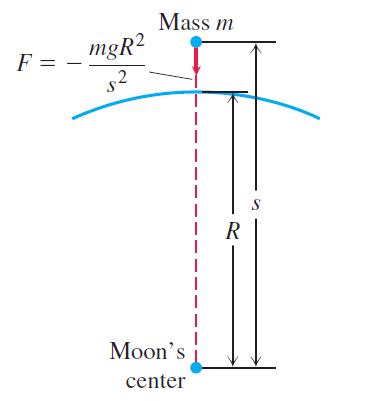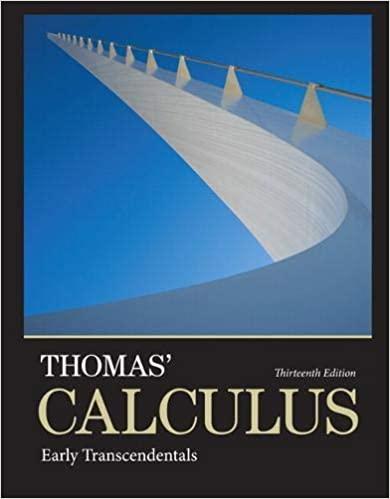The gravitational attraction F exerted by an airless moon on a body of mass m at a
Question:
The gravitational attraction F exerted by an airless moon on a body of mass m at a distance s from the moon’s center is given by the equation F = -mg R2s-2, where g is the acceleration of gravity at the moon’s surface and R is the moon’s radius. The force F is negative because it acts in the direction of decreasing s.
a. If the body is projected vertically upward from the moon’s surface with an initial velocity ν0 at time t = 0, use Newton’s second law, F = ma, to show that the body’s velocity at position s is given by the equation
Thus, the velocity remains positive as long as ν0 ≥ √2gR. The velocity ν0 = √2gR is the moon’s escape velocity. A body projected upward with this velocity or a greater one will escape from the moon’s gravitational pull.
b. Show that if
Step by Step Answer:

Thomas Calculus Early Transcendentals
ISBN: 9780321884077
13th Edition
Authors: Joel R Hass, Christopher E Heil, Maurice D Weir





